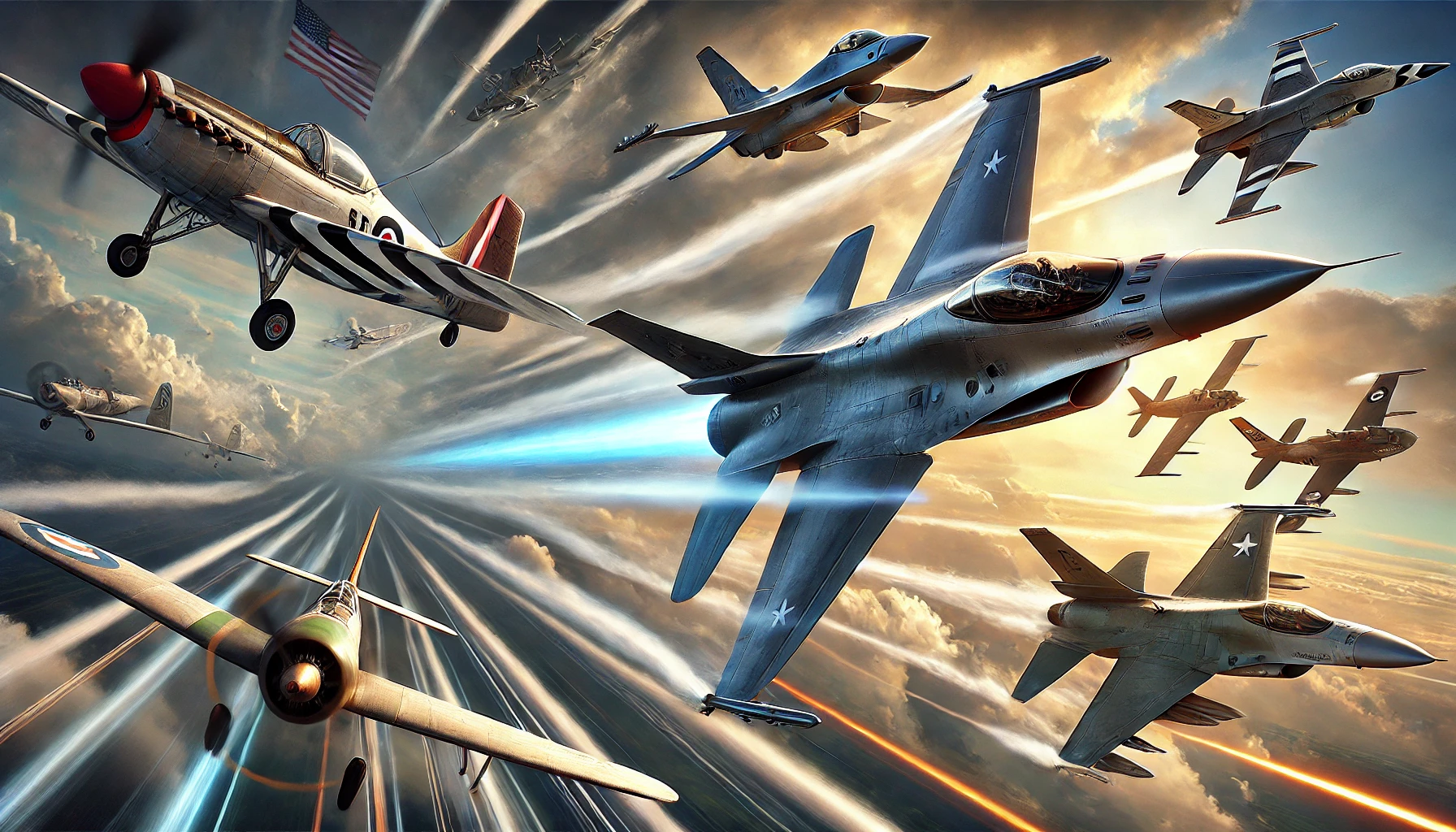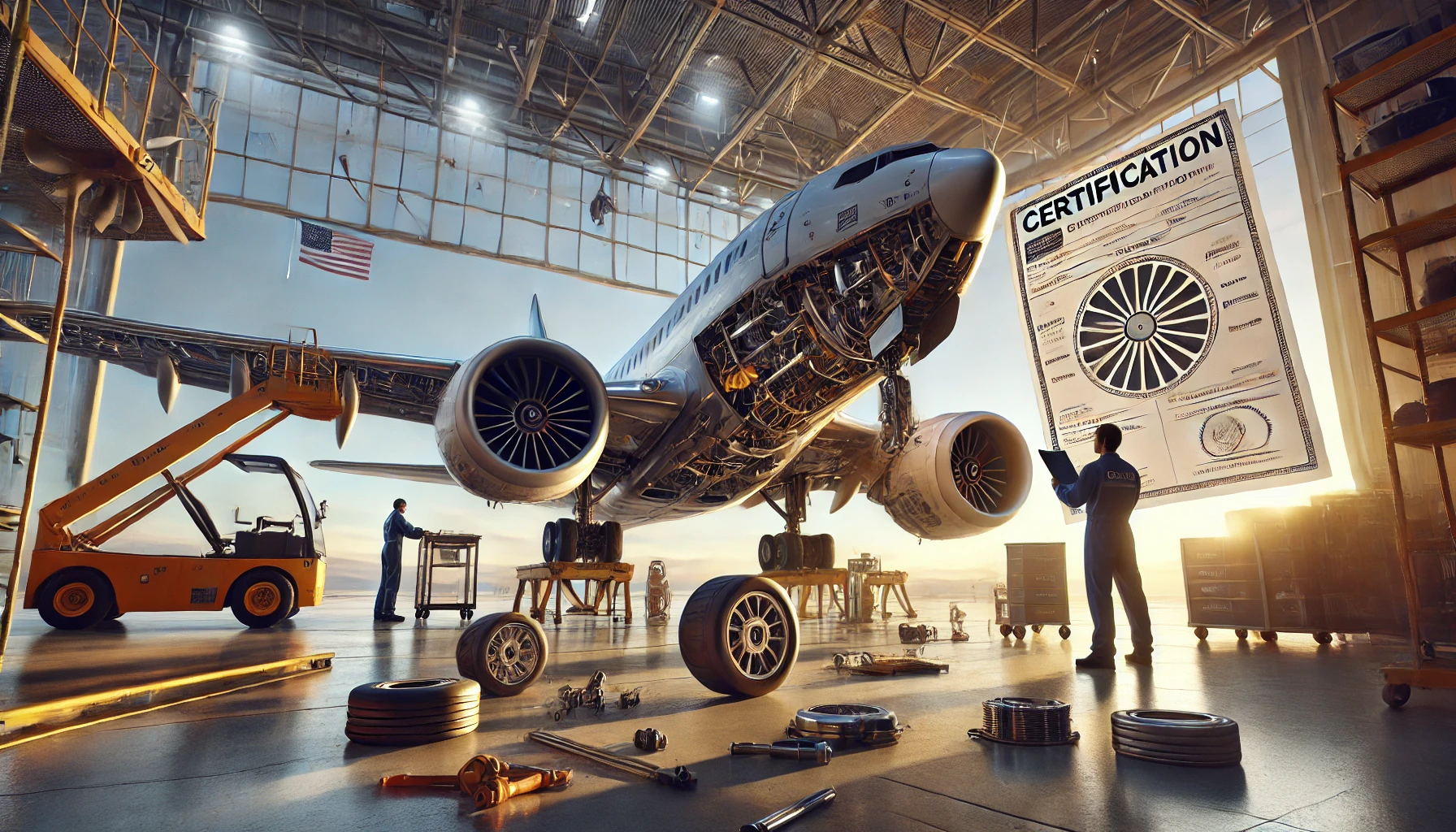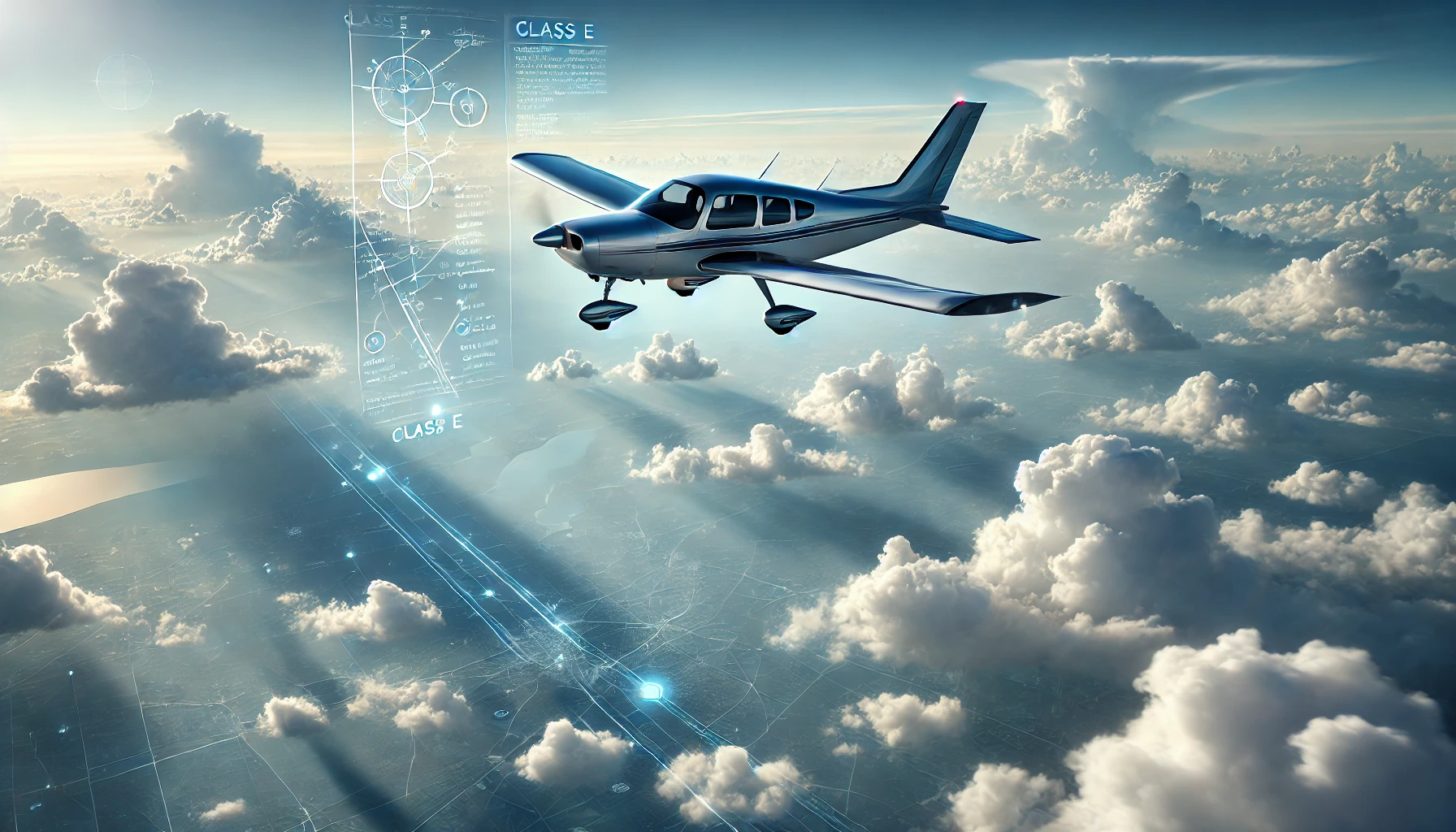Picture this: pilots soaring through the skies at breakneck speeds, executing hairpin turns and daring maneuvers that defy belief. But amidst the adrenaline rush lies a hidden danger—G-induced Loss Of Consciousness, or GLOC.
In this blog post, we’ll unravel the chilling tales of brave aviators who faced the stunning effects of extreme gravitational forces and how their experiences have shaped flight safety protocols throughout history. Join us as we explore these harrowing incidents that blend courage with science in a narrative full of suspense and revelation!
Introduction to G Forces and G Loc Incidents
G forces are a fascinating and often misunderstood aspect of military aviation. These invisible forces can dramatically affect pilots, especially when they reach extreme levels during combat maneuvers or high-speed flights. One particularly dangerous phenomenon associated with these forces is G Loc, short for G-induced Loss of Consciousness. This condition can incapacitate pilots in mere seconds, putting their lives and missions at serious risk.
As we delve into the world of G forces and G Loc incidents, we’ll uncover the history behind these powerful forces in military aviation, examine notable case studies, and highlight the technological advancements designed to mitigate risks.
Understanding how to manage G forces is critical not just for current aviators but also for shaping the future of air combat. Join us on this journey as we explore the impact of G Loc and its significance in military history.
History of G Forces in Military Aviation
The history of G forces in military aviation dates back to the early days of flight. Pilots quickly discovered that rapid maneuvers could exert intense gravitational forces on their bodies. This phenomenon was especially pronounced during World War II, as aerial dogfights demanded extreme agility.
As aircraft technology evolved, so did the understanding of how G forces impacted pilot performance. The introduction of jet fighters brought higher speeds and more complex maneuvers. With these advancements came an increased risk of G-induced Loss Of Consciousness (G LOC).
Throughout the Cold War, militaries around the world began prioritizing research into human tolerance for G forces. Innovative designs aimed at enhancing cockpit ergonomics emerged alongside improved fighter jets capable of sustaining higher G loads without compromising pilot safety. This era laid the groundwork for modern training protocols and equipment designed specifically to combat G LOC incidents in military aviation today.

Explanation of G Loc and its Effects on Pilots
G Loc, short for G-induced Loss of Consciousness, occurs when pilots experience high gravitational forces during rapid maneuvers. These forces can cause blood to pool away from the brain, leading to a temporary blackout.
When subjected to excessive G forces, a pilot’s body struggles to maintain adequate blood flow. This results in dizziness and disorientation. If the situation escalates, it may lead to complete loss of consciousness.
The onset of G Loc is often swift. Pilots might feel lightheaded before losing control over their aircraft. Even trained aviators can be susceptible due to factors like fatigue or dehydration.
Understanding these effects helps inform training protocols. It emphasizes the need for awareness and quick reaction in critical moments during flight operations.
Case Studies of G Loc Incidents in Military History
Throughout military aviation, G Loc incidents have had critical repercussions. One notable case occurred during the Gulf War in the early 1990s. A pilot flying a high-speed maneuver experienced sudden incapacitation due to G forces. The aircraft veered off course but miraculously recovered just before crashing.
Another tragic instance took place in World War II when a fighter pilot lost consciousness while executing sharp turns against enemy planes. This led to a disastrous crash, underscoring the dangers faced by aviators under extreme conditions.
More recently, advanced training programs revealed that even experienced pilots could fall victim to G Loc during intense dogfights. These real-life examples illuminate not only the risks but also highlight how vital it is for military organizations to adapt their training and technology continually.
Each incident serves as both a cautionary tale and an impetus for further research into preventing such occurrences in future missions.
Technological Advances to Prevent G Loc
Recent technological advancements have significantly impacted how the military addresses G Loc. Innovative systems are being developed to enhance pilot safety during high-G maneuvers.
One key advancement is the integration of advanced cockpit displays that provide real-time feedback on G-forces experienced by pilots. These systems allow for immediate adjustments and increased situational awareness.
Another notable development involves wearable technology, such as specialized flight suits. These suits can apply pressure to specific areas of the body, helping maintain blood flow and preventing loss of consciousness during extreme conditions.
Moreover, simulation training has become more sophisticated, allowing pilots to experience high-G scenarios in a controlled environment. This immersive training builds resilience and prepares them for actual flight situations where G forces could trigger G Loc.
Ongoing research into physiological responses continues to drive improvements in technology aimed at minimizing risks associated with high-G flights. The future looks promising for enhancing pilot endurance and safety in combat aviation scenarios.
Training and Precautions for Pilots to Avoid G Loc
Effective training is the cornerstone of preventing G Loc in military pilots. Regular simulations and real-time exercises help prepare them for high-G scenarios. These sessions are designed to acclimatize pilots to the physiological effects of increased forces on their bodies.
Pilots also learn various techniques, such as anti-G straining maneuvers (AGSM). This practice helps maintain blood circulation to the brain during intense maneuvers. By tightening core muscles, they can often stave off the onset of G Loc.

In addition to physical conditioning, mental preparedness plays a significant role. Understanding one’s limits and recognizing early symptoms of fatigue or spatial disorientation can be lifesaving.
Pre-flight briefings emphasize safety protocols and situational awareness too. With advances in technology, some aircraft now feature automated systems that alert pilots when approaching dangerous G levels.
The Future of G Forces in Military Aviation
As military aviation technology evolves, the effects of G forces are becoming a focal point. Future aircraft designs aim to minimize the impact on pilots while maximizing performance capabilities.
Innovations in materials and engineering may lead to lighter airframes that can withstand higher speeds with fewer adverse effects. This shift could significantly reduce instances of G Loc.
Moreover, advancements in cockpit technology promise real-time monitoring systems for pilot health and tolerance levels. Wearable devices might alert pilots to impending overloads before they occur.
Training methodologies are also expected to become more sophisticated, employing virtual reality simulations that mimic extreme conditions without the associated risks.
With these developments on the horizon, understanding G forces will be paramount for maintaining pilot safety and enhancing mission effectiveness in high-stakes operations. Embracing new technologies ensures that aviators remain resilient against the challenges posed by increased G loads during combat maneuvers.
Conclusion: The Importance of Understanding and Managing G Forces
Understanding and managing G forces is crucial in military aviation. The effects of G Loc can have devastating consequences for pilots, impacting not only their performance but also mission success. As aircraft technology continues to advance, so too does our understanding of the human body under extreme conditions.
Training programs are evolving, incorporating simulation and real-world scenarios that help prepare pilots for potential G Loc situations. These advancements ensure that today’s aviators are better equipped to handle high-stress environments.
As we look ahead, it remains essential to prioritize research and development in this area. By investing in new technologies and training methods, we can reduce the risks associated with G Loc incidents. Better awareness among all personnel involved in military aviation will foster a culture where safety comes first.
Ultimately, grasping the mechanics of G forces is not merely an academic exercise; it’s vital for safeguarding lives and enhancing operational effectiveness within military operations worldwide.




